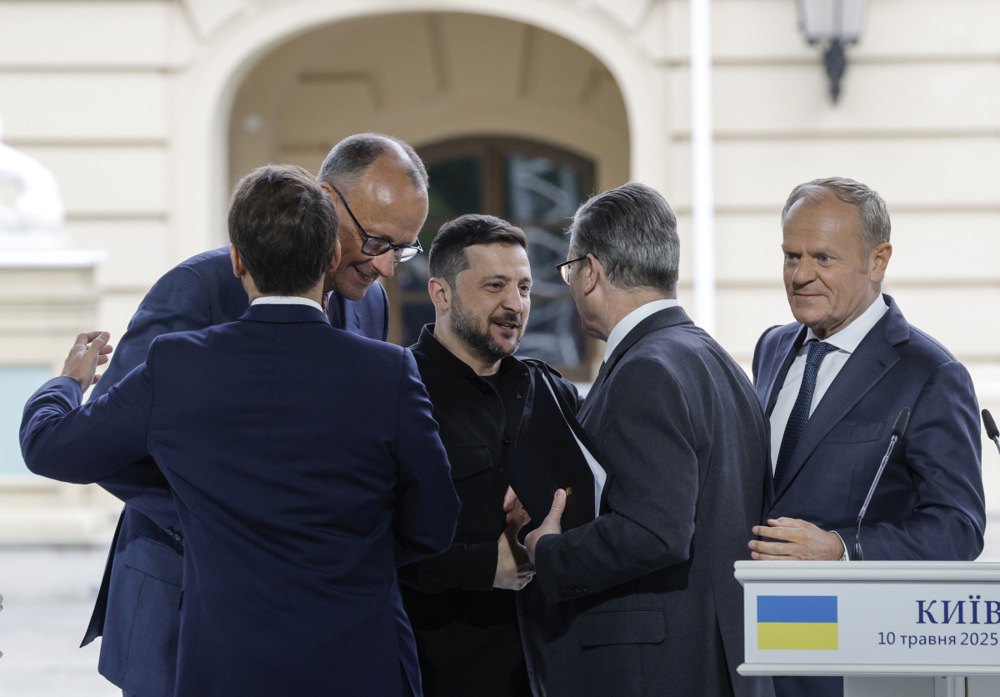
In the first part of the text, our team concluded that, given the transformation of the global system of international relations, characterised by growing multipolarity and intensifying competition between major powers, Ukraine has an opportunity to rethink its place in the world and become an influential middle power. Achieving this requires a systematic, long-term strategy that combines the development of its own economic and defence capabilities with flexible cooperation with global and regional actors.
For middle powers, the most important characteristics are the ability to effectively realise their power potential at least on a regional scale, the availability of cumulative resources (those that have added value at a specific point in time and can be directly converted into strong positions), and a clear understanding of their own foreign policy goals and ambitions.
In which regions is Ukraine capable of projecting power?
Ukraine’s immediate geopolitical environment includes the Black Sea region, Central and Eastern Europe, Northern Europe, the Caucasus, Central Asia, the Middle East, and Africa. Central and Eastern Europe and Northern Europe are strategic rear areas for the Ukrainian army and defence industry, on which our country’s defence capability heavily depends. Ukraine’s presence in the Middle East is limited to agricultural exports, and it is unlikely that there will be significant opportunities to expand this influence in the medium term. However, there is considerable potential for cooperation with the sovereign wealth funds of the wealthy Persian Gulf states – Saudi Arabia, the UAE, Qatar and Kuwait.
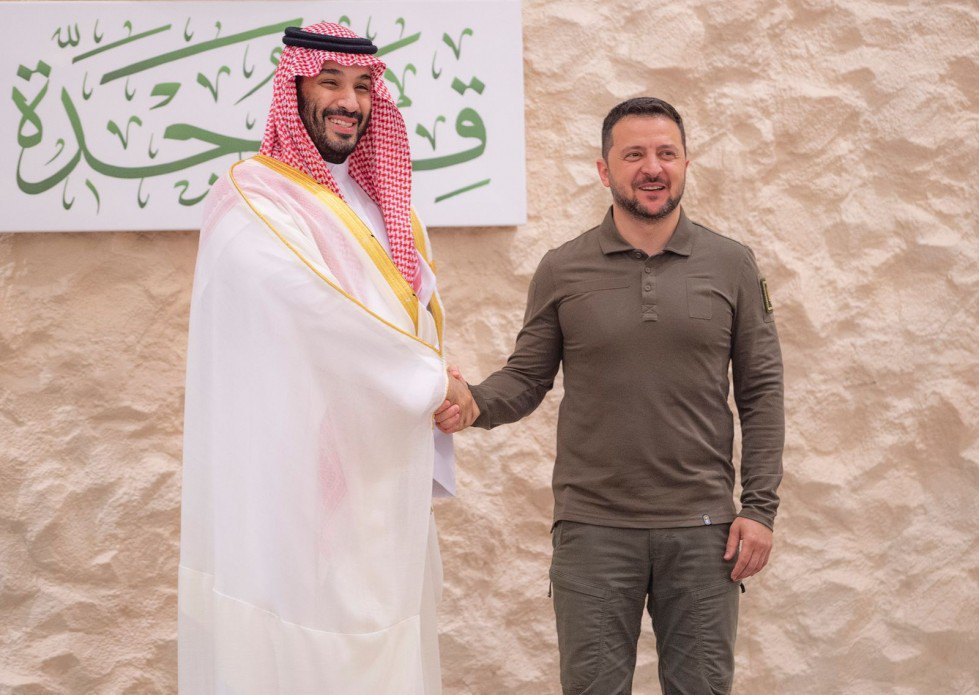
This leaves the Black Sea region, the Caucasus, Central Asia and Africa. In the first, the confrontation between Ukraine and Russia continues, against which Turkey’s influence is growing, but it is difficult to talk about cooperation and the projection of power in the context of war at sea and the lack of understanding of the limits of Ukraine’s control over its territorial waters in the event of a peace agreement. In the Caucasus, the key players are Russia, Turkey and Iran, in Central Asia – China, Russia and Turkey, while in Africa, the interests of virtually all global power centres intersect: the US, the EU, China and a number of other large and medium-sized states – Japan, India, the UK, Russia, Turkey, Saudi Arabia, the UAE, Canada and Australia.
All these regions are united by the significant influence of Russia, which perceives them, with the exception of Africa, as its traditional sphere of dominance. In recent years, Moscow has faced growing difficulties as the war with Ukraine, economic sanctions and isolation have limited its economic and political capabilities, resulting, in particular, in a weakening of its ability to project power in these regions. However, it is not Western countries that are benefiting from this weakening, but China and Turkey.
The Caucasus and Central Asia
The Russian Federation’s inability (or unwillingness) to protect its CSTO ally Armenia from armed conflict with Azerbaijan has led to a crisis of confidence in Russia’s relations with Armenia and the countries of Central Asia and the Caucasus in general. Russia’s economic isolation has opened up opportunities for these countries to engage in grey re-exports to Russia. At the same time, such interaction with Moscow jeopardises cooperation with the EU, the US and other Western countries due to secondary sanctions. Russia’s significant influence in both regions remains, but China now plays the leading role.
In 2023, China became the largest trading partner of Kazakhstan, the largest economy in Central Asia. Beijing’s economic and political influence is growing in every country in the region.
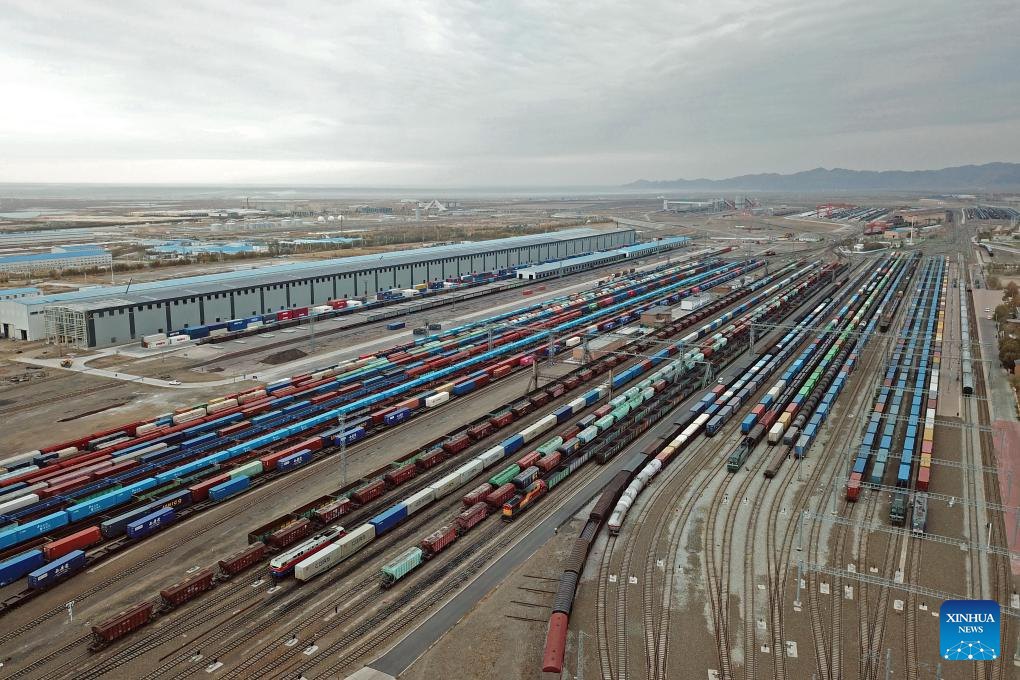
Infrastructure projects under the Belt and Road Initiative have brought Central Asia into the overall picture of China’s economic empire. Central Asian countries have decided to implement multi-vector cooperation strategies so as not to rely solely on one isolated and unstable partner. However, Russia remains a key partner, especially in matters of military and security cooperation.
The EU and individual European states also interact extensively with Central Asia and try to compete with China in the economic sphere, but they do not have the same level of political influence as Beijing. France and Italy have significant economic interests in the region and are key initiators of expanded cooperation with Central Asia. The recent visit of Uzbekistan’s President Shavkat Mirziyoyev to Paris demonstrated France’s serious intentions to extract uranium in Uzbekistan in order to compensate for the loss of access to resources in Niger after the coup in Niamey. Central Asia’s oil and gas potential is very significant, and the Italian company Eni is actively involved in its development.
The diversification of energy supply routes to the EU following Russia’s attack on Ukraine has given impetus to the expansion of energy exports from Central Asian countries to European markets, giving Brussels leverage over the region. Attempts to oust China’s influence in Central Asia are taking place within the framework of the Global Gateway initiative, which focuses on infrastructure projects, in particular the development of the Trans-Caspian transport corridor, one branch of which will pass through the ports of Odesa and Chornomorsk.
In the Caucasus, Armenia has suspended its cooperation with the Collective Security Treaty Organisation (CSTO), embarked on a path of normalising relations with Azerbaijan and engaging in dialogue with the European Union. Despite all the turmoil, Russia has maintained its military presence in the region (the 102nd military base in Gyumri, with between 3,500 and 5,000 troops, according to various sources), influencing the peace process and dialogue on the Zangezur corridor, which is supposed to connect Turkey with Azerbaijan and the countries of Central Asia. Georgia, under the control of the pro-Russian Georgian Dream party, is helping Russia circumvent sanctions by re-exporting sanctioned goods, has entered into a strategic partnership with China, and has halted negotiations on EU accession.
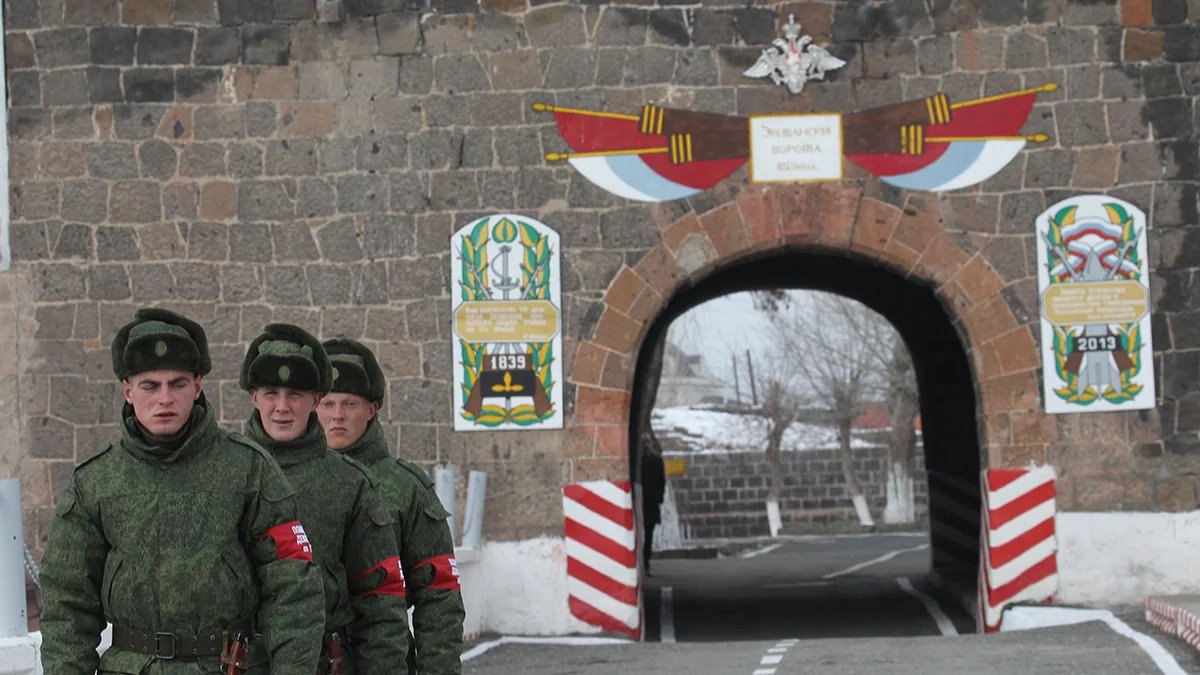
Armenia’s agreement with Azerbaijan and Turkey fits into the general trend of the Caucasus drifting towards Western Asia. Turkey plans to implement a number of infrastructure projects in the Caucasus, including the Zangezur and Middle (Trans-Caspian International Transport Route) corridors, the Baku–Tbilisi–Ceyhan and South Gas pipelines. Ankara is also interested in changing the security landscape of the region, forming its sphere of influence. Last year, Turkey, Georgia and Azerbaijan signed a trilateral memorandum on security and political cooperation in the Caucasus.
The Caucasus’ drift towards Western Asia is not limited to Turkey. The deepening of economic ties between Azerbaijan and Georgia with the UAE and Saudi Arabia is promising. The KSA is directing significant investments into Azerbaijan’s energy projects (for example, the Karadag solar power plant), while the UAE is investing in Georgia’s infrastructure, in particular in the port of Poti, which was acquired by the UAE investment agency Ras al–Khaimah in 2008, and plans to develop Tbilisi as a transport hub.
Iran is promoting the idea of a logistics corridor through Azerbaijan and Georgia within the framework of TRACECA and is intensifying cooperation with Baku on the North–South transport corridor from Iran to Russia via Azerbaijan and the Caspian Sea. At the same time, it is cooperating with Armenia on the development of logistics routes to the Black Sea ports of Georgia – Poti and Batumi.
Azerbaijan has also become the main supplier of oil to Israel, meeting up to half of the country’s needs. The South Caucasus states are gradually capitalising on their strategic location and changing the structure of their partnerships. Russia’s exceptional influence in the Caucasus is becoming a thing of the past.
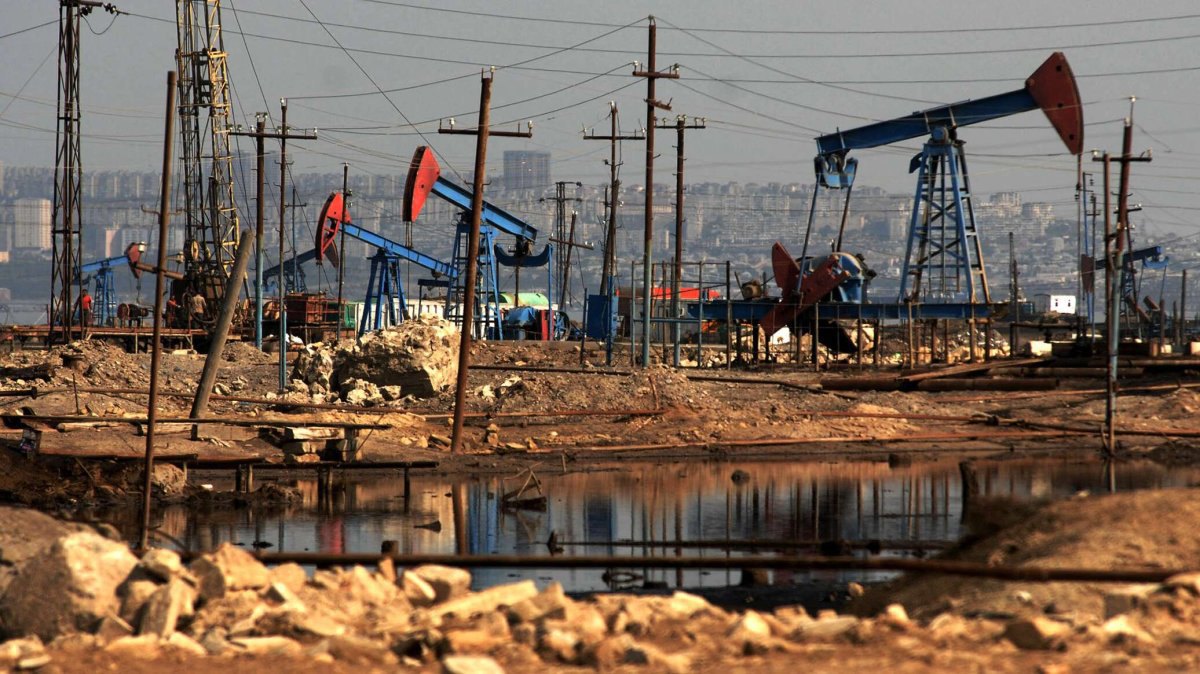
Central Asia and the Caucasus are important regions in the overall geopolitical picture of Eurasia, serving as logistics hubs and suppliers of fossil fuels. With this in mind, Ukraine should offer itself as a partner and an important part of the overall West–East route connecting Europe, the Caucasus and Central Asia. The ports of Greater Odessa and Mykolayiv have the potential to become important logistics hubs. In the event of synergy with the current initiatives of the EU, Turkey, China and India, Ukraine will be able to attract significant investments to expand its logistics capabilities after the war or its active phase.
It is unlikely that Russia’s political and economic influence in Central Asia and the Caucasus can be completely eliminated, in particular due to the significant military presence of the aggressor country, its role as a guarantor of security for Central Asian countries against the Taliban and Islamist movements, and the traumatic experience of Georgia – the war and the subsequent establishment of a de facto pro–Russian puppet regime. Despite this, Ukraine has opportunities for cooperation with the countries of Central Asia and the Caucasus, as they are mostly neutral regarding the Russian–Ukrainian war, although they do help Russia circumvent sanctions.
Countries in both regions try to interact with all possible actors if it is beneficial to them. Therefore, Ukraine should not appeal to international law and call for a change in position on the war in its relations with these countries, but rather come up with mutually beneficial economic proposals.
These regions’ dependence on Russia is based, among other things, on imports of agricultural products (given population growth and the degradation of local soils), metallurgical products, chemical industry products, and machinery. While Ukraine is already capable of displacing Russia in the field of agricultural exports, in the medium term, the markets of Central Asia and the Caucasus (a total of approximately 100 million consumers) could become key markets in the context of restoring Ukraine’s industrial potential and exports.
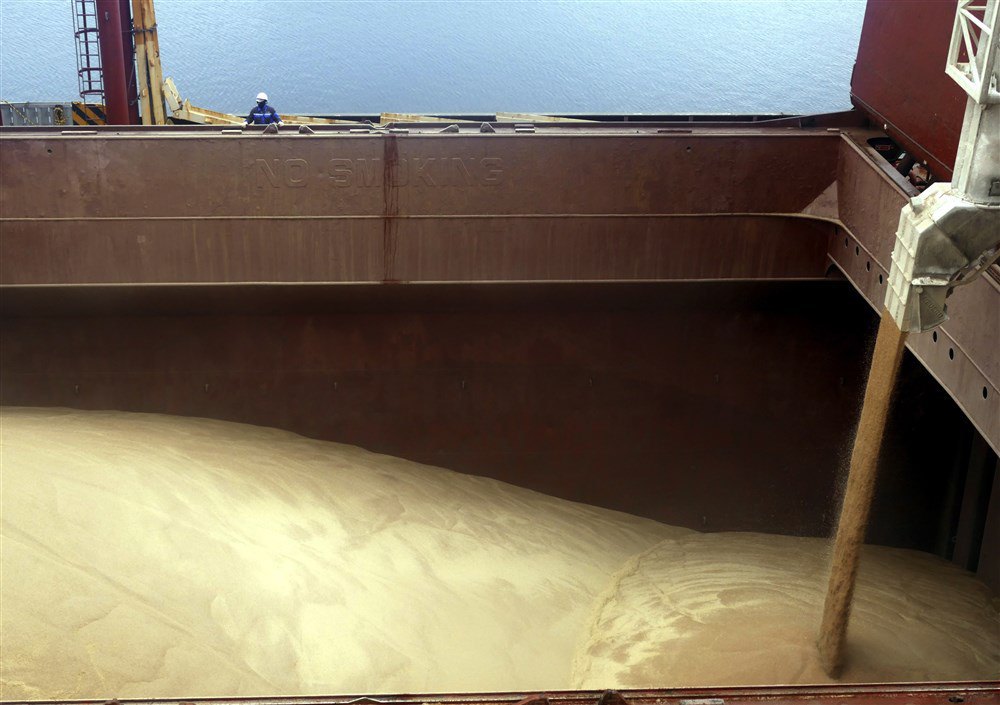
Africa
Over the past decades, Africa has become a highly competitive environment. In addition to the historical influence of France, the United States, Great Britain and Russia, China, India, Japan, Turkey, Saudi Arabia and the UAE have begun to actively invest and compete for market share. The continent is undergoing dynamic urbanisation, infrastructure development and trade liberalisation. The total GDP of African countries is almost $3 trillion, and in terms of purchasing power parity, nearly $11 trillion. The development of the African Continental Free Trade Area, which covers the entire continent, will eventually allow for the formation of a common market for goods and services and simplify trade.
According to McKinsey Global Institute forecasts, Africa’s population will reach 2.5 billion by 2050, the workforce will double, and the continent will be home to 1.5 billion people of working age. This process will create the conditions for Africa’s market and GDP to also grow at least twice by 2050. More than 250 million Africans will join the consumer class (spending at least $12 per day in purchasing power parity) by 2030. Consumer spending will increase, new market niches will emerge, and demand for value–added products will grow.
Ukrainian companies should manage to establish themselves on the continent before this social transition, because once this consumer class is formed, competition to meet its needs will be much more serious. Expanding exports of Ukrainian goods and services to Africa could significantly mitigate the post–war economic crisis and become an important factor for future growth. Therefore, it is necessary to increase diplomatic presence in Africa and support the activity of Ukrainian companies on the continent.
The 2021 Strategy for Ukraine’s Foreign Policy does not even mention Africa as a separate region, only together with the Middle East.
The full–scale war has stimulated diplomatic activity on the continent – President Volodymyr Zelenskyy has held talks, and the Minister of Foreign Affairs and parliamentary delegations have visited dozens of African countries. Ukraine has opened seven new embassies, bringing the total number on the continent to 17. However, until our state offers Africa mutually beneficial economic (and possibly security) cooperation, rather than just public diplomacy, the countries of the continent will not consider Ukraine a serious partner.
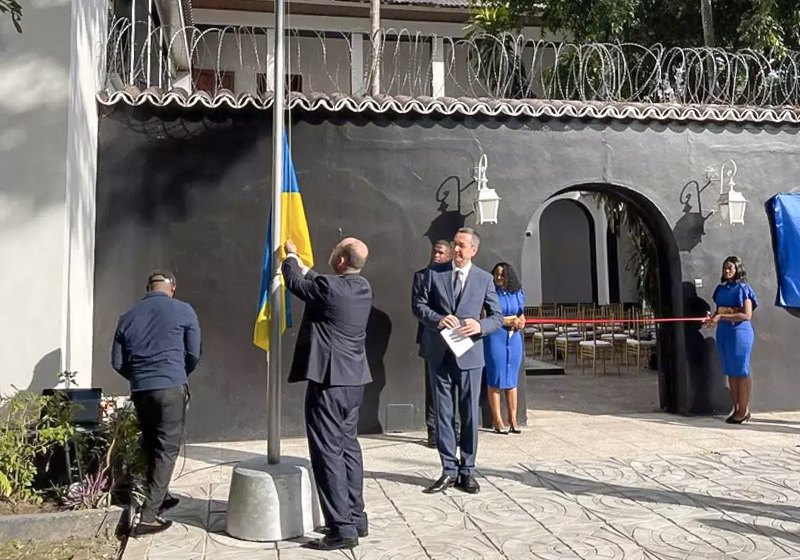
Ukraine’s trade with Africa in 2021 amounted to $6.8 billion, of which exports accounted for over $4 billion. More than 70% of Ukraine’s exports to the continent went to North Africa, in particular to Egypt – approximately 45%. The 49 countries of sub–Saharan Africa accounted for about $1 billion, which is a mere pittance for this huge market. Ukraine should already be initiating free trade agreements with the continent’s largest markets: South Africa, Nigeria, Ethiopia, Kenya, Egypt, Algeria, Morocco and Angola. And then there are Rwanda, Guinea, Mauritania, Benin, Côte d’Ivoire, Mozambique, Zambia, Uganda, Zimbabwe, Tanzania, Senegal and Namibia, which are showing rapid economic progress and are ready to import a lot. Ukraine should prepare for the launch of the African Continental Free Trade Area in order to be among the first to conclude a preferential trade agreement with the African Union.
To strengthen its economic position in Africa, Ukraine needs to diversify the structure of its exports of goods and services, adding goods and services with high added value to its agricultural exports. Given the significant demand in Africa, which is not yet fully met by the major players, Ukraine can carve out certain markets for itself for the export of food products, pharmaceuticals, metallurgy, machine building, shipbuilding – in particular river transport, which is poorly developed on the continent – and IT services.
If the war with Russia ends, at least its active phase, opportunities will open up to export products from the Ukrainian defence industry and aviation industry. It will also pave the way for the return of thousands of students from Africa to Ukrainian universities, most of whom were studying medical and technical specialities before the full–scale invasion. Expanding cooperation with African countries in the field of education and attracting more students from the continent could save Ukrainian higher education institutions amid a decline in the number of young Ukrainians living and studying in Ukraine.
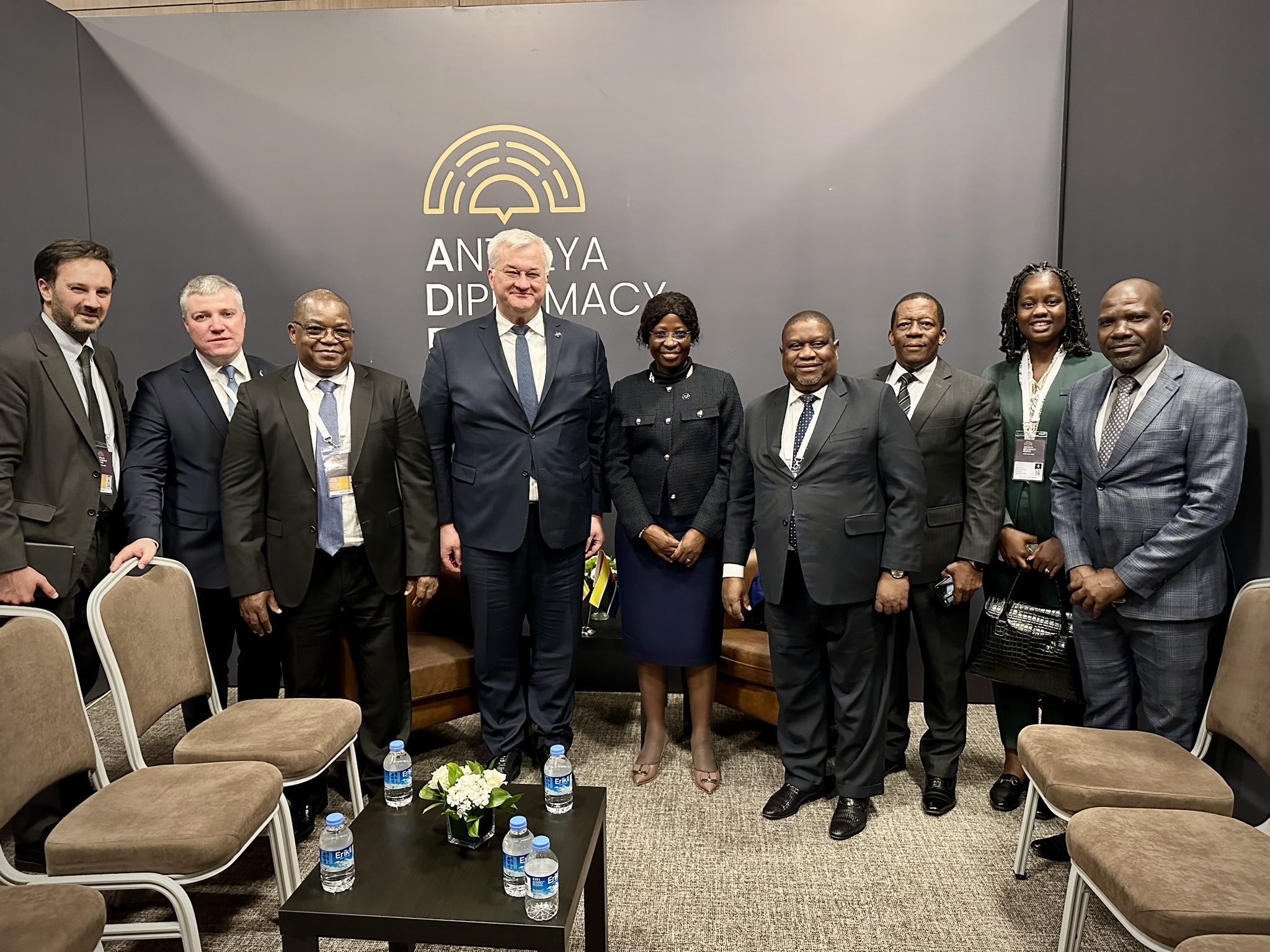
Ukraine is unable to compete with superpowers or major powers that have interests in Africa, but it is quite capable of displacing Russian exports in a number of the areas mentioned above. Under economic sanctions and rising war costs, Russia is forced to reduce its support for other areas of the economy, and in some cases even withdraw money from them. Russia retains influence in a number of African countries, such as Mali, Burkina Faso, Niger, the Central African Republic, Libya and Sudan, thanks to mercenaries from the Wagner Group and the African Corps, who protect local dictators or junta leaders. Russia also mines gold there, which it uses to replenish its own reserves. The Kremlin effectively uses military coups and political instability in African countries to further its interests.
At the same time, Russia’s economic influence in countries whose governments are not dependent on it for security and international legitimacy is actually insignificant. The only relatively significant presence is that of Rosatom, which is building the El Dabaa nuclear power plant, scheduled to be commissioned in 2028 and costing Egypt $30 billion, and RUSAL, which extracts about 60% of bauxite and 10% of alumina in Guinea for its own aluminium production. Russian energy companies are largely not involved in significant projects on the continent, losing out to their European and Chinese counterparts. ALROSA, which mines diamonds in Angola, is being asked by the local government to leave due to the threat of sanctions. Since 2023, Russia has sharply reduced its arms supplies to Africa, selling almost three times less than in previous years.
Ukraine is already inflicting certain losses on Russian PMCs in Africa, in particular by carrying out successful special operations in Sudan and Mali. Once the war or its active phase is over, it would be logical for Kyiv to form private military companies of a hybrid type of control, whose employees would serve as a kind of operational reserve for the Ukrainian army. In peacetime, Ukrainian PMCs, whose employees will have vast experience in modern warfare, could become the force that squeezes Russian mercenaries out of the continent and stabilises countries with high levels of terrorism. These organisations will protect and promote the economic interests of Ukrainian and Western companies, paying taxes from the proceeds of such activities to the Ukrainian state budget.
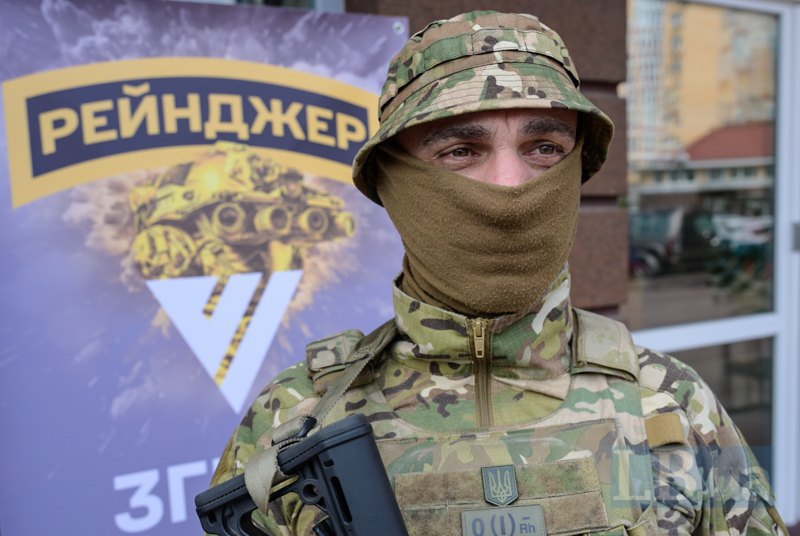
Ukraine as a middle power
Throughout its independence, Ukraine has had a number of attributes of a medium–sized state and has retained them even during the full–scale invasion by the Russian Federation. If the war ends with a freeze on the front line, no internal or external political restrictions under a potential peace agreement, Ukraine’s further integration into the EU, and the Union’s assistance in restoring – or rather forming – new industrial potential, the state and the private sector will be able to accumulate resources to promote their economic interests in Central Asia, the Caucasus and Africa, regions that our state has long neglected in its foreign policy and which could become key markets for post–war Ukraine.
The final element for success is a clear understanding of our own foreign policy goals and ambitions and a systematic policy for their implementation. Here, the state must rely not only on the Ministry of Foreign Affairs, which clearly lacks personnel specialising in these regions and new ideas in its approaches to them, but also on the non–governmental sector, in particular think tanks, whose assessments, ideas and recommendations are not limited by the framework and responsibilities of the civil service.








